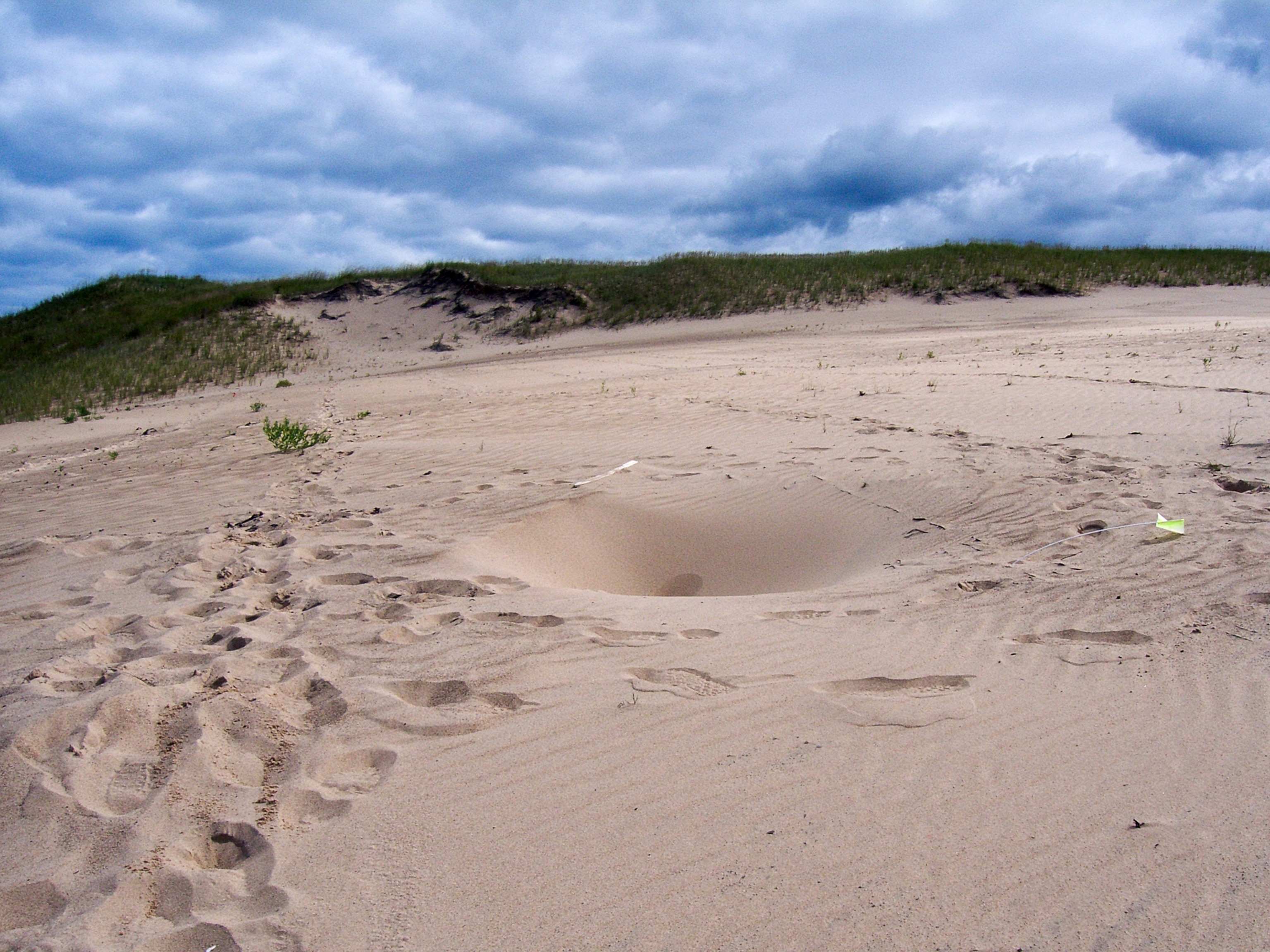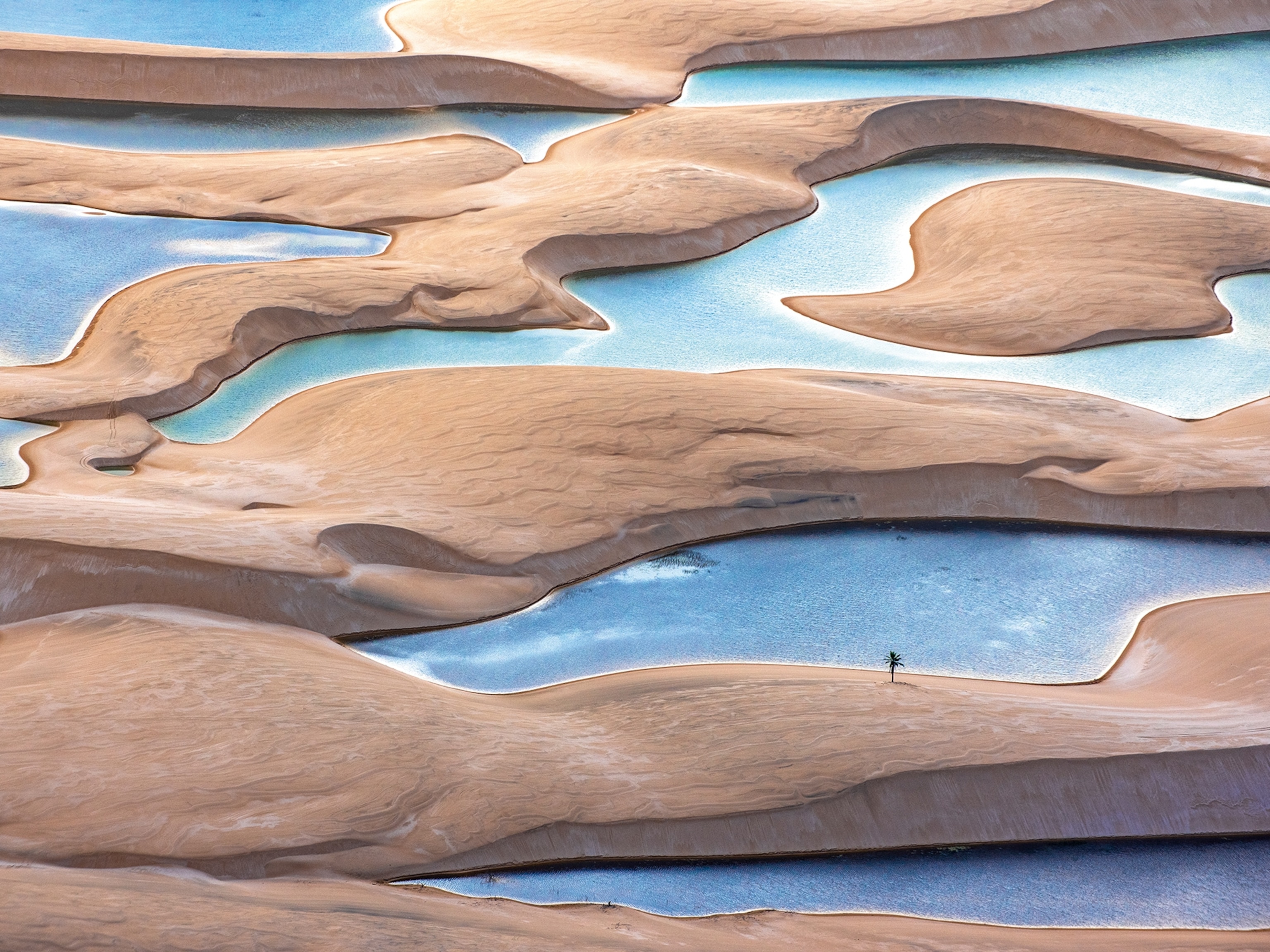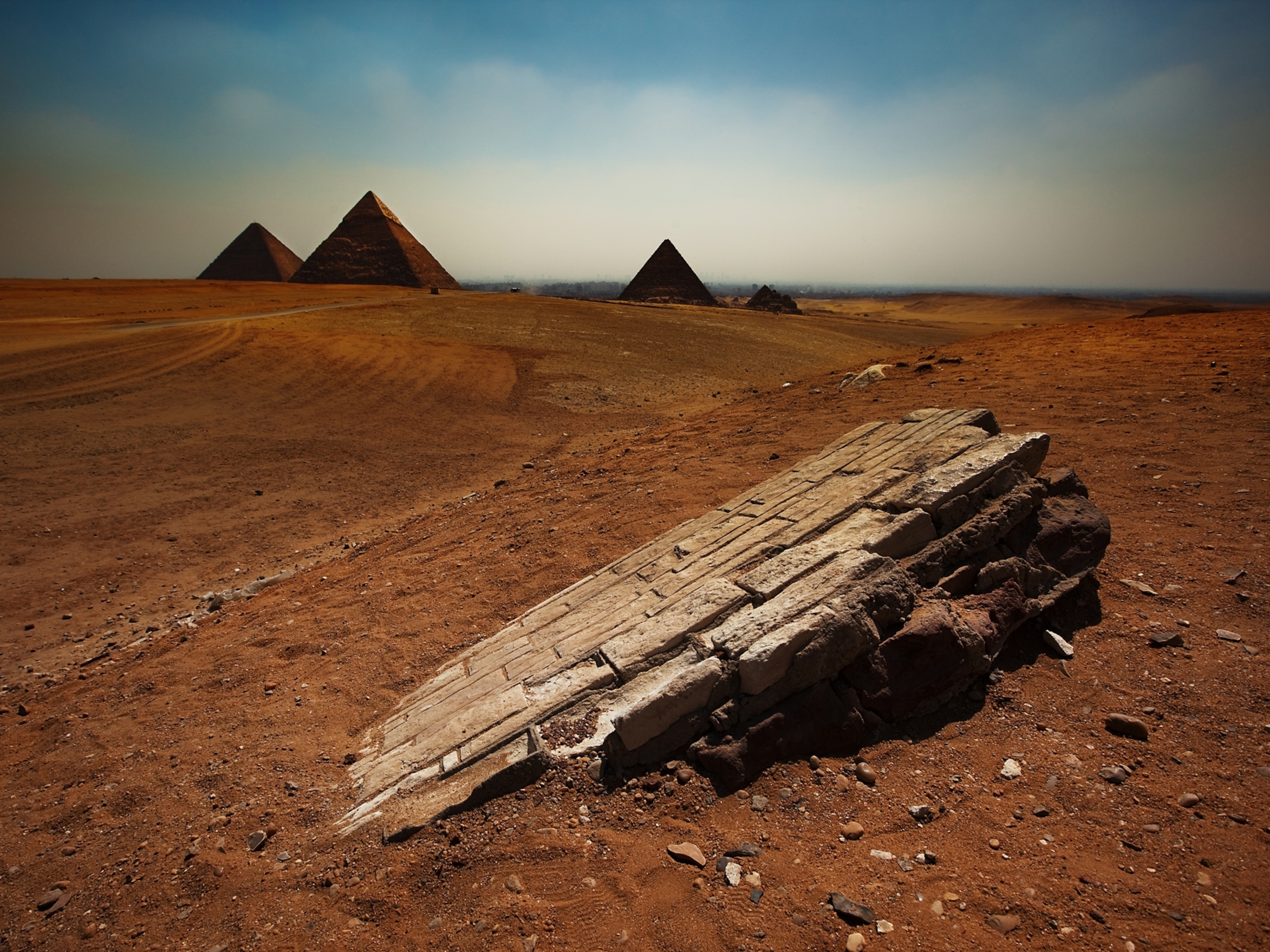
Scientists Explain Mystery Behind Sand Dune That Swallowed Boy
Decomposing trees and homes may be responsible for the sand dune hole that swallowed a boy in June 2013.
Decomposing trees, dilapidated houses, and other items buried over 70 years by a rapidly moving sand dune could be responsible for a sudden and mysterious hole that swallowed a six-year-old boy at Indiana Dunes National Lakeshore last summer.
That is the working theory of a team of scientists who are scrambling to figure out how and why the boy was buried under 11 feet (3.4 meters) of sand for 3.5 hours on June 12, 2013. The fine, silky grains dropped out from under him as he explored Mount Baldy, the most popular destination at the national park about 60 miles (96.6 kilometers) southeast of Chicago.
As a result, scientists are using ground-penetrating radar that shoots as far as 75 feet (22.9 meters) below the dune's surface to build a detailed, three-dimensional map of trees, buildings and more that could be buried there. They're also combing old aerial photos and historical records for clues to what is hidden beneath the sand and could, therefore, collapse. (See "Singing Sand Dunes Explained.")
"There may be houses underneath where we're standing," said G. William Monaghan, as he stood atop the 142-foot (43.3-meter) dune on the south shore of Lake Michigan. Monaghan is senior research scientist at Indiana Geological Survey at Indiana University Bloomington, and one of three lead investigators on the Mount Baldy mystery.
While the boy is alive and well, Mount Baldy remains closed indefinitely to the park's nearly two million annual visitors.
A Dune Biopsy
Already, the investigative team has found a home that was buried by sand after the Mount Baldy area joined the national lakeshore in the early 1970s. Researchers suspect more remain, perhaps with barns and sheds, as the houses stood uninhabited after the park service—and the dune—took over. (See pictures of sand dunes from around the world.)
While about six more holes have been discovered since last summer, others may have gone unnoticed, researchers said.





